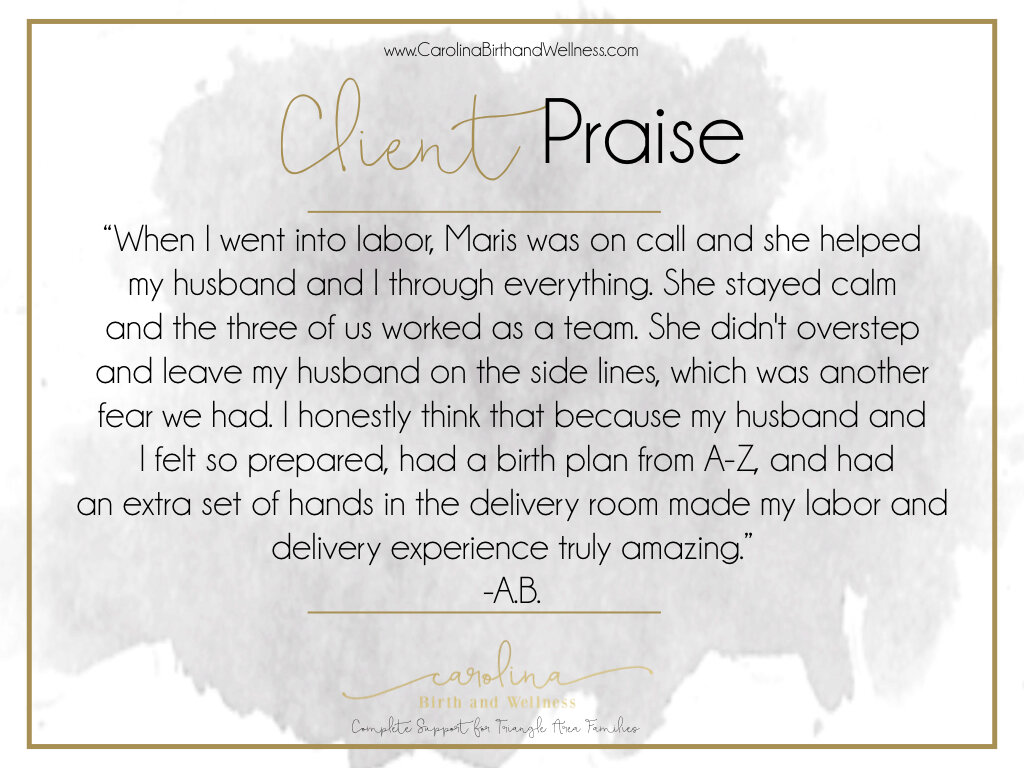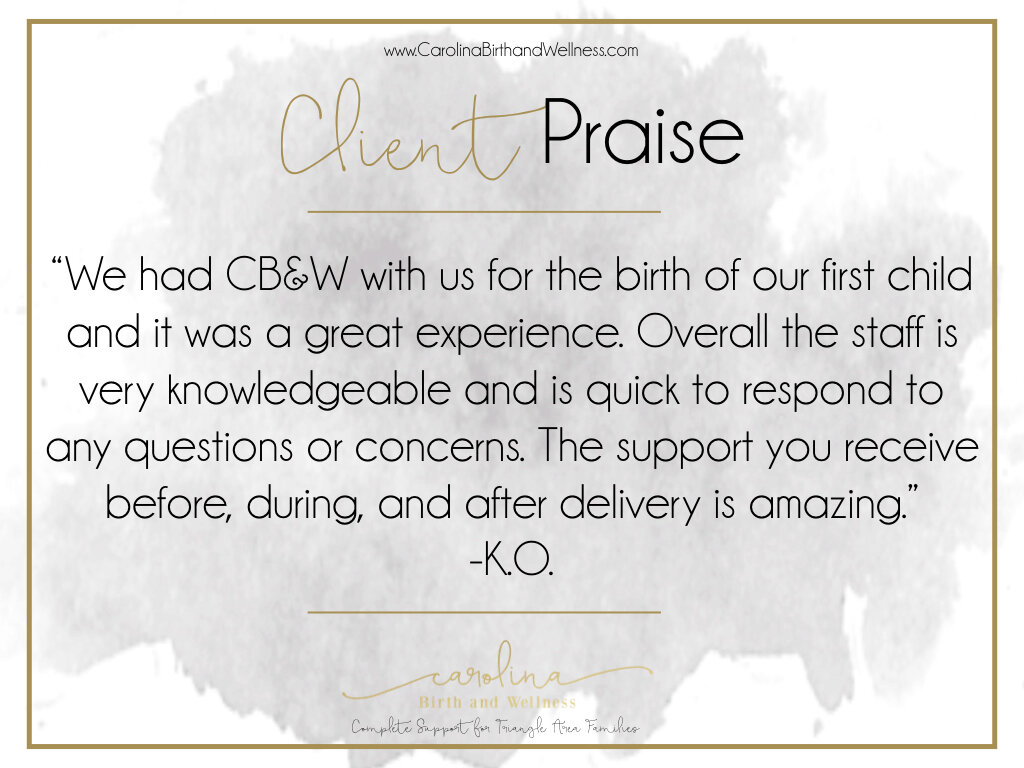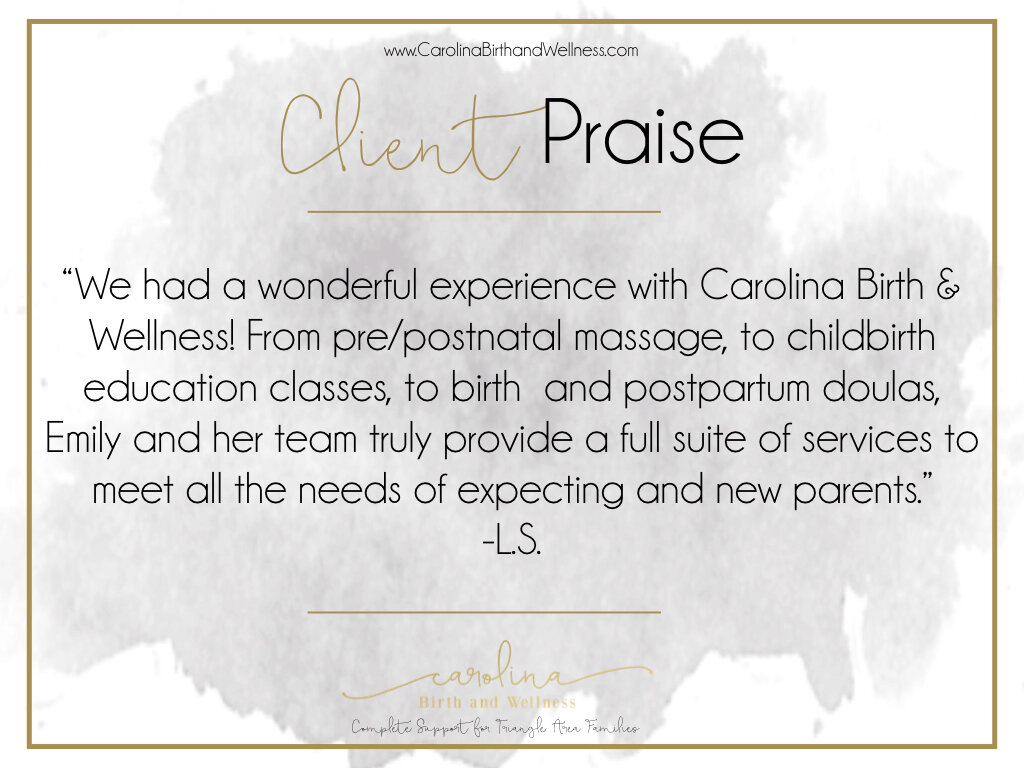Position Changes During Labor
During labor, your body is preparing itself for childbirth. This process can be long or short, but it is always a process. And just like any process, the journey is just as important as the destination. By moving and changing positions, you are helping your body through that journey and to reach the destination.
Changing Positions is Also a Position
When you are in the standing position, and decide you need to lay down with one leg elevated on the birth ball, you will be encountering many more positions that just two during the process of changing positions. You will need to drop down to one knee that can stretch the quad muscles of the leg. You will need twist your pelvis from upright to a side-lying position. You will need to lower and stretch your upper body. You will need to use your hip flexors and core muscles to lift your leg. So by going from one basic position to another, you are in fact trying at least 4 positions as you transition. We encourage all movements to be deliberate to fully experience the various positions.
Importance of Position Changes
Each of the various positions we teach and encourage our clients to try help facilitate different different muscles and areas of the body. Standing helps uses gravity, side lying can be a place to rest, squatting use gravity and opens the pelvis, and sitting uses gravity in a restful position. If you just were in one position, even an optimal position for labor like squatting, you are still missing some important benefits from other positions. You can also tire yourself more easily by not taking rests when you can or putting too much strain or pressure on one part of your body for an extended period. Changing positions can reduce fatigue and encourage equal benefits throughout your entire body.
Position Changes During an Epidural
If you choose to have an epidural, we will still work with your nurses to put your in various positions to help move labor forward. Even though you cannot stand or put weight on your legs, we can still use gravity to bring your baby down, and apply more pressure to your cervix.
A Few of our Favorite Positions to Use During Labor:
- Standing with your feet wide, you can rest your elbows on a table, bed, or back of the couch, and gently rock back and forth. By spreading your legs, you are opening your hips, and by rocking back and forth, you are encouraging your baby to move down closer to your cervix.
- Laying on your side with a peanut ball in between your knees. This is great either during early labor when your contractions are not as strong or during an epidural. Laying on your side helps reduce pressure on your back, and gives your body a chance to rest. The peanut ball in between your knees is opening the hips.
- Slow dancing with your partner. This is a great way to literally lean on your partner for support during labor. The closeness and touch will help you relax, and standing can help your body have effective contractions
- Standing while your doula shakes your legs. We like to call this one “shaking the apple trees”, and it is down while you are standing and we kneel down and place each hand on the sides of your legs and shake. The movement can help distract you from the pain of contractions, while also forcing your legs to release any tension they have been holding.
- Hands and knees. This is always a favorite position for clients because it feels so natural. You are helping the baby get in a favorable position for delivery, while also release tension in your low back and legs. Your doula can be behind you massaging your back or hips, or applying counter pressure as needed.
Customized Positions
We mentioned a few of our favorite positions here, but we have many more we can suggest during your own labor. We also teach these comfort measure prior to birth so that you can test out which ones you love, which ones you hate, and which ones you aren't sure about. This knowledge prior to labor can be very beneficial as you will be ready to help your body at the first sign of a contraction.
All of our comfort measures can be found in prenatal appointments for our doula clients, or as a stand alone appointment with the birth planning consultation or our comfort measures class.









